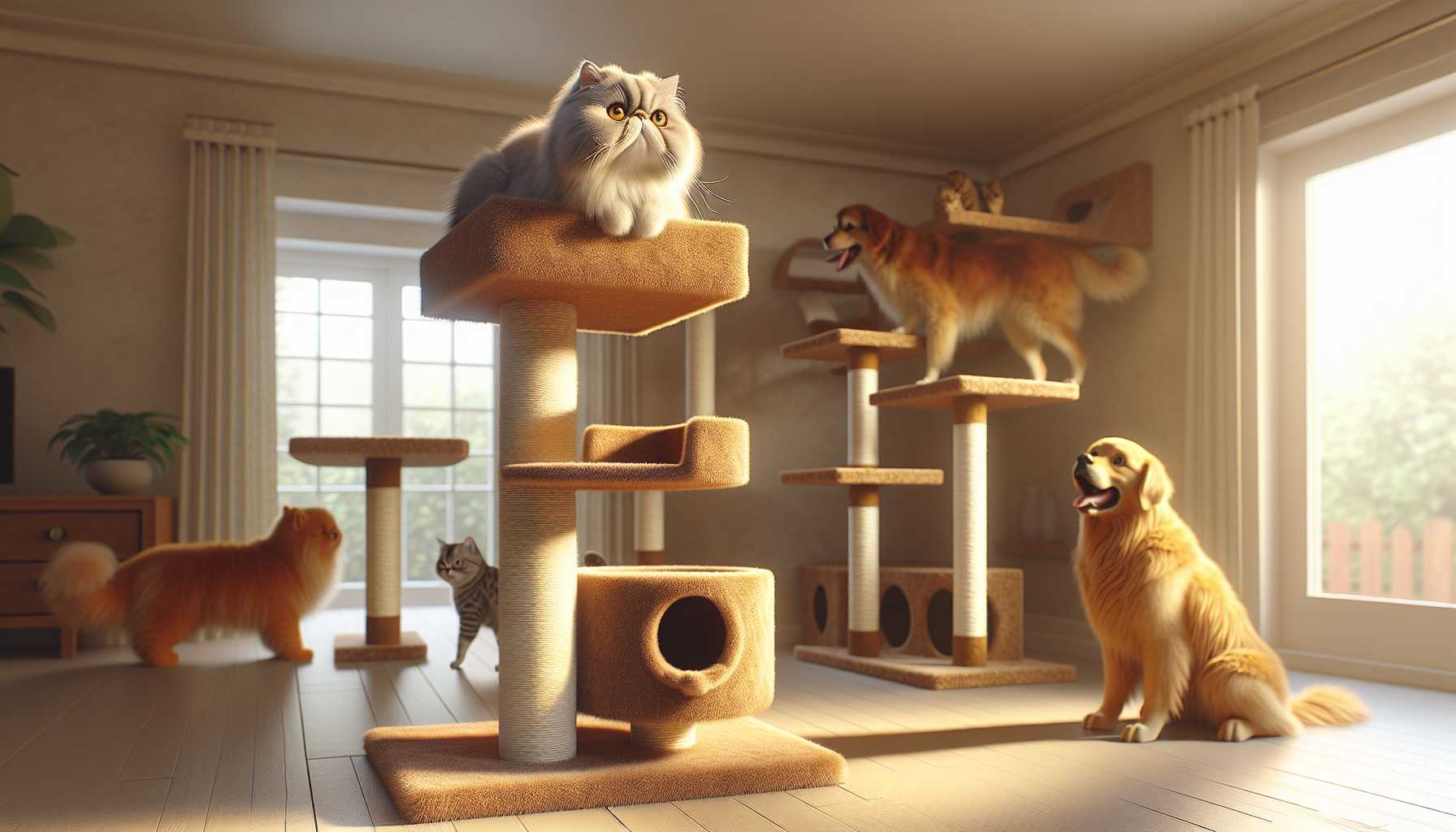Just like us, our four-legged feline friends can also experience bouts of social anxiety. When living in homes shared with other pets, some cats may feel intimidated or extremely stressed. Let’s discuss how we can assist our anxious kittens in feeling more relaxed within their multi-pet households.
Deciphering Social Anxiety in Cats
Have you observed your cat hiding more than is typical? Do they groom themselves excessively, or are they displaying irregular litter box habits? These behaviors could serve as signs of social anxiety. Just as we express our stresses differently, our fuzzy companions have their unique way of communicating their anxiety – no less real or distressing to them than ours.
Typical Causes of Stress in Multiple-Pet Households
- Introduction of new pets
- Competition for resources
- Lack of escape routes
- Belligerent co-occupant pets
- Changes in day-to-day routines
Establishing Safe Havens
Every cat deserves to have a special, private space they can retreat to. You can think of this as their personal bedroom – an escape when the world feels like too much. Here are some suggestions:
- Set up high perches or cat trees
- Provide sheltered hiding places
- Establish various feeding points
- Organize multiple litter boxes
- Implement cat-exclusive areas using safety gates
Techniques for Encouraging Positive Associations
Just like humans get nervous meeting new people, cats feel the same way! Try these methods for sociable introductions:
- Encourage and reward peaceful behavior
- Use treats during joint playtime
- Foster group play with all pets
- Conduct slow, gradual exposure sessions
- Utilize positive reinforcement training
Enlisting Professional Assistance
Sometimes, our affectionate efforts might require an extra push from the experts. Don’t hesitate to contact:
- Your local veterinarian
- Animal behavior specialists
- Feline experts
- Pet psychologists
Managing Daily Activities
Minor alterations can have a significant impact on your cat’s comfort levels:
- Upholding regular routines
- Leveraging calming pheromone products
- Arranging individual play sessions
- Monitoring pet interactions
- Respecting their need for personal space
Implementing Preventive Measures
Often, prevention is the best course of action! Consider taking these proactive steps:
- Gradual introductions of new pets
- Multiple resource allocation points
- Regular veterinary check-ups
- Environment enrichment
- Activities to alleviate stress
Recognizing When to Consult a Vet
Certain anxiety symptoms might warrant medical intervention. Keep a watchful eye for:
- Changes in appetite
- Instances of aggression
- Increased periods of hiding
- Inappropriate waste disposal
- Visible physical symptoms
Remember, every cat is unique and hence what works for one might not necessarily work for all. Patiently and affectionately assist your anxious cat to adapt to their multi-pet household. With time and the right strategies in place, your home can turn into a place of comfort and tranquillity for all your pets.

